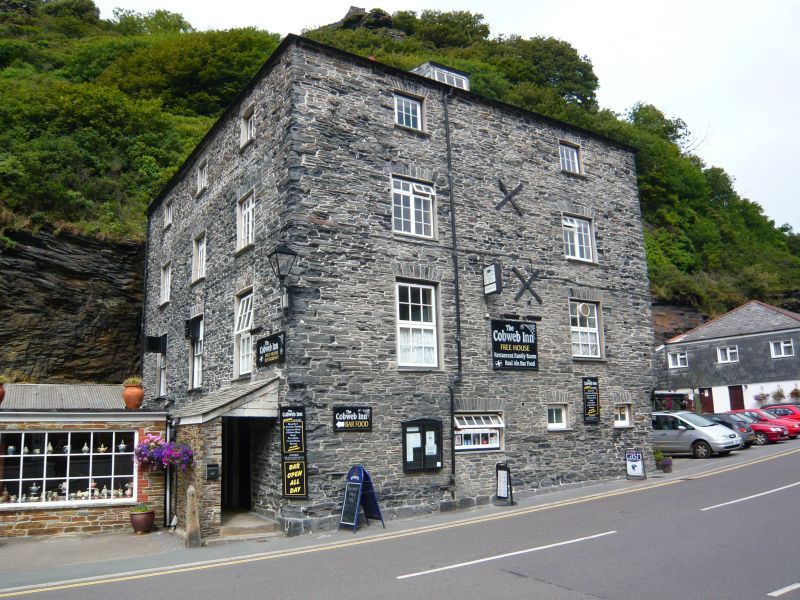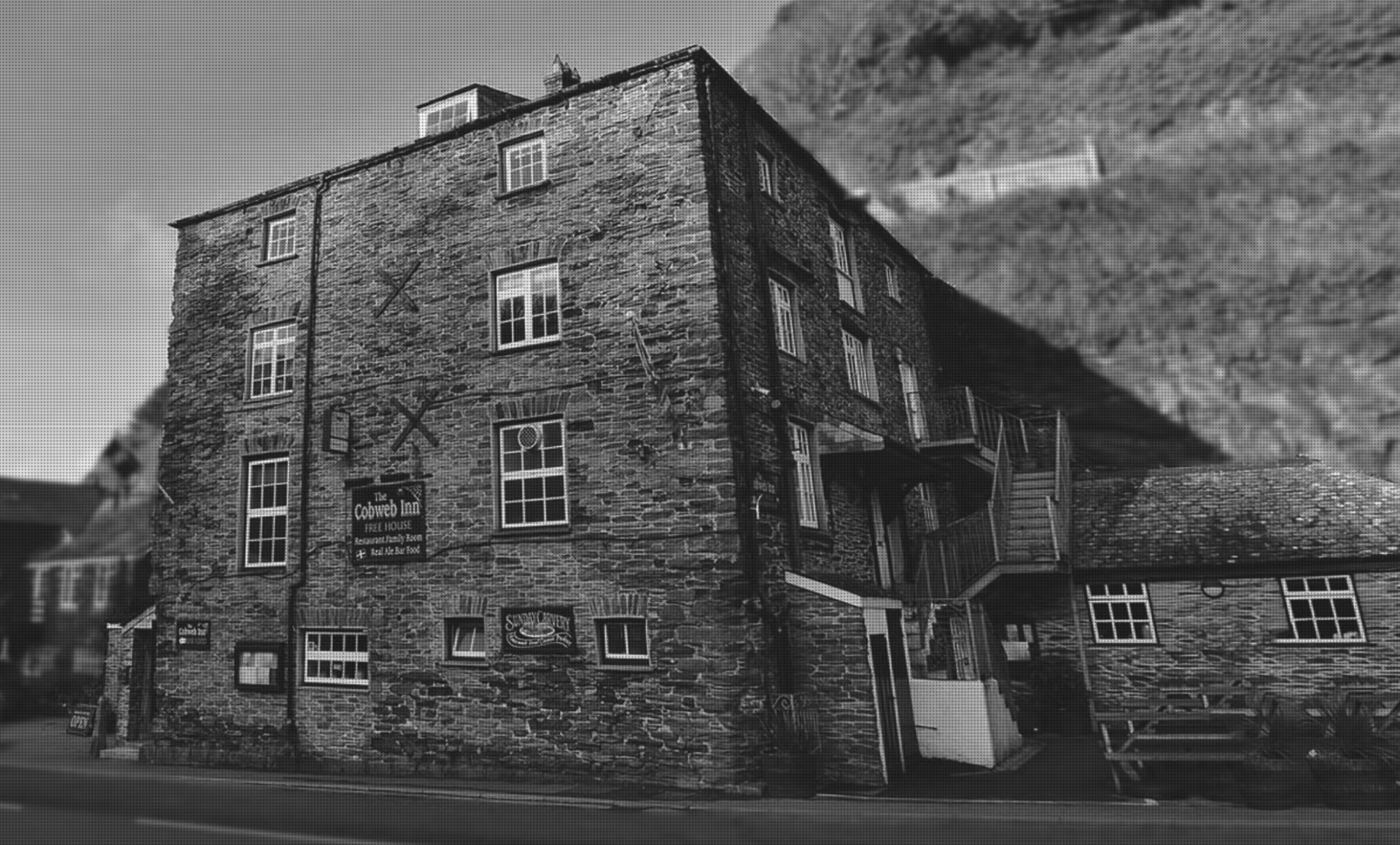What’s in a Name?
One of the first things that many people notice when they arrive in Cornwall, something that makes this place stand out from the rest of England, are the unusual place names. Ventongimps, Greensplatt, Polyphant, Praze-an-Beeble, Mellangoose, Minions, Perranzabuloe. They may seem like amusing tongue-twisters but most originate in the Cornish language and are descriptive of the landscape. Ventongimps for example just means a well or spring in a flat place. It can be fun to keep your eyes peeled for some of the more amusing or confusing road signs though!
Another thing to watch out for, and maybe stop to visit, are some of the rather bizarrely named pubs in Cornwall too. These inn’s names are not generally rooted in the Cornish, they are more likely to come from some myth or legend, an odd occurrence or an important event or person.
Here are a few that you might like to hunt down!
The Bucket of Blood, near Hayle
This is perhaps the strangest pub name in the whole of Cornwall and it has also been recognised as one of the quirkiest in the whole United Kingdom too! The Bucket of Blood can be found in the tiny village of Phillack near Hayle. Its pub sign, colourfully and rather dramatically illustrating the name, is infamous in the area and the tale of how this inn received its gory title is local legend.
The story goes that the landlord went to get a pail of water from the inn’s well and when he pulled it up he found he had a bucket of blood instead. On further investigation a mutilated body was discovered floating in the water, some versions say it was the landlord’s wife, others that it was that of a local smuggler who fell foul of his criminal co-conspirators. Yet another theory however suggests that the well water may have been coloured red by minerals from the nearby mining activities.
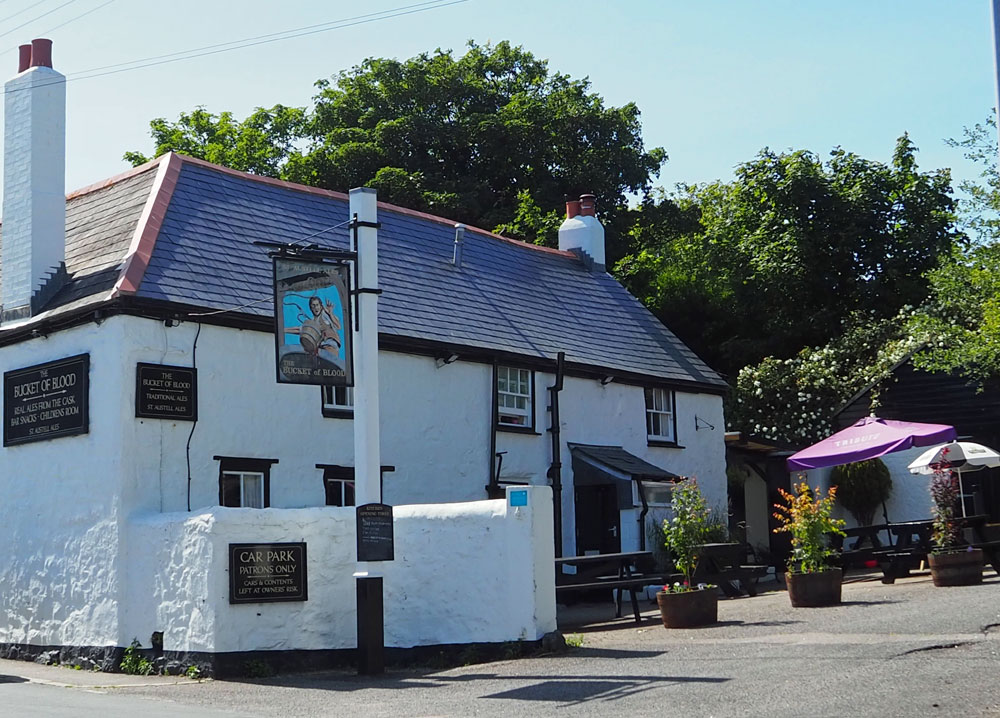
The Norway Inn, Perranarworthal
This popular roadside pub happens to be in a village with an unusual name too – Perranarworthal. The inn’s name comes from the Norwegian barges that used to arrive at the wharf opposite the pub carrying timber from Scandinavia. Because of the intensive industry in Cornwall especially during the 18th and 19th centuries there was often a shortage of wood, these imports were said to be used as pit props in the local mines.
The ships would then make the return journey loaded with copper and tin. To this day the Norwegian flag flies outside the pub alongside the St Piran’s and the inn’s sign shows a Norwegian longboat.
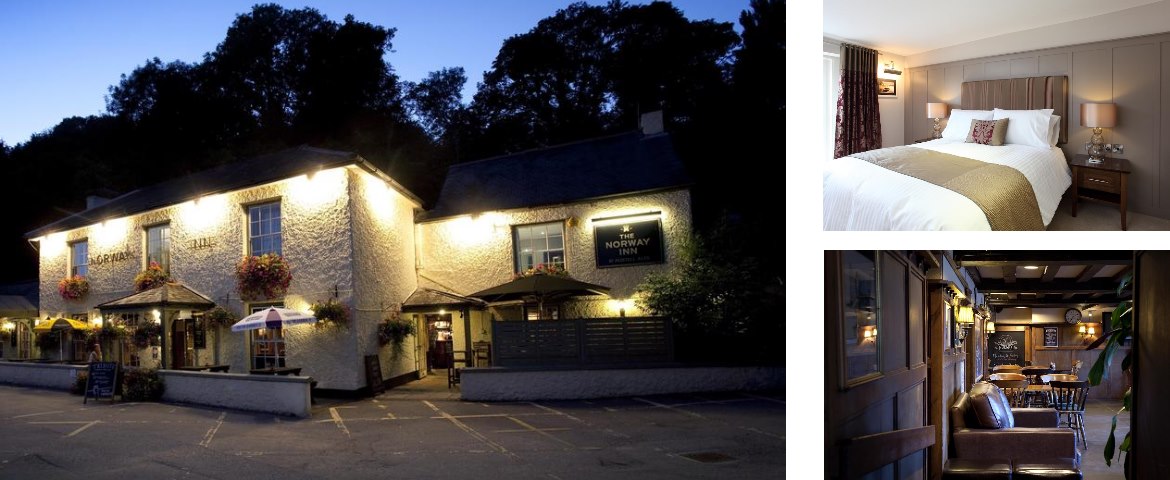
The Turk’s Head, Penzance
The Turk’s Head can be found on Penzance’s historic Chapel Street and claims to be the oldest pub in town. It is thought that a tavern of one kind or another has been located on the site since the 13th century. The pub was always considered to be the haunt of local fishermen, salty sea dogs and of course smugglers. There is the tale of a hidden tunnel leading from the inn directly to the harbour through which the contraband would have been transported in secret.
The pub is thought to have come by its name very early in Penzance’s history when a band of “Turkish” sailors, who were more likely Barbary pirates, attacked the town in 1233.
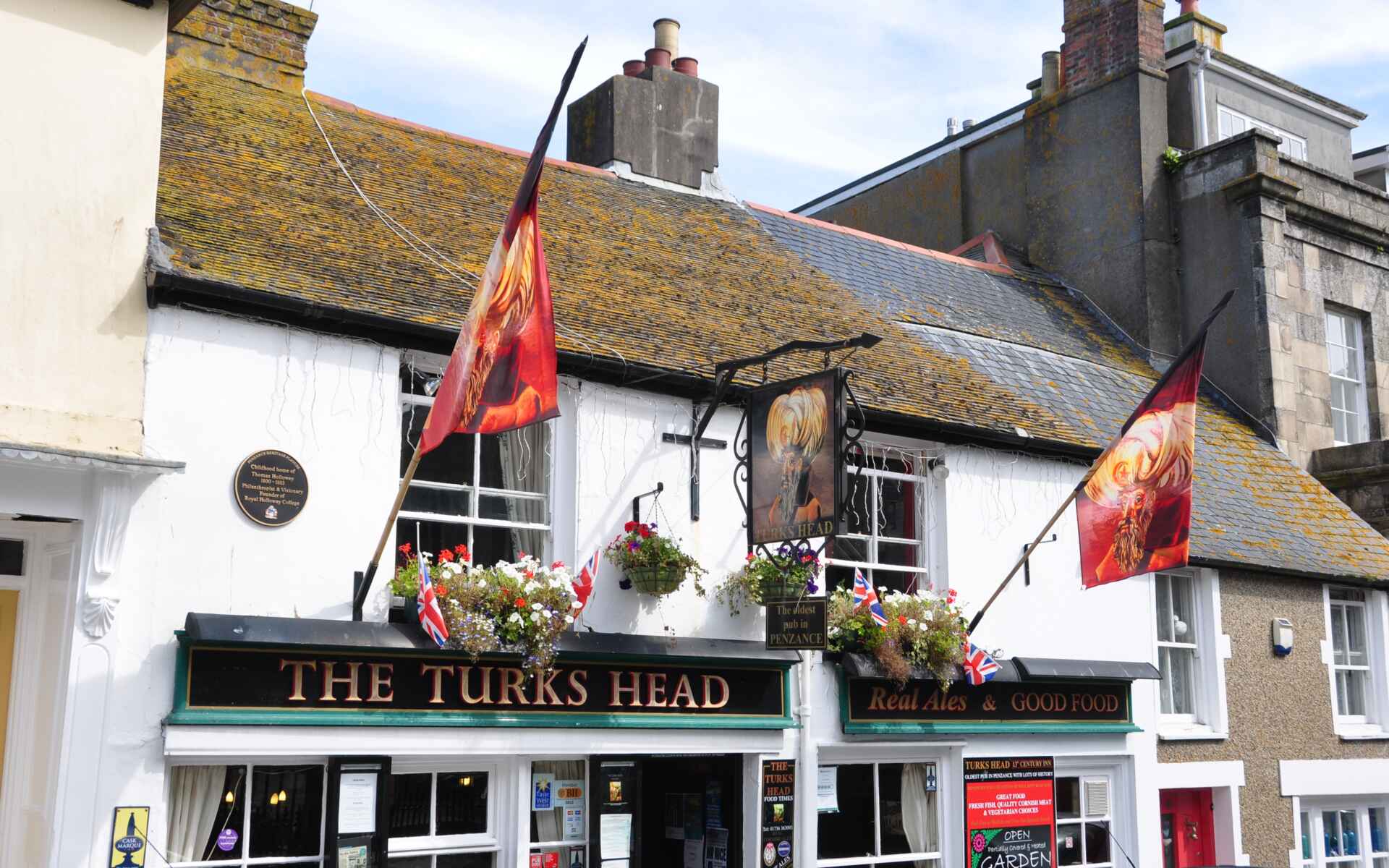
The Cobweb Inn, Boscastle
The Cobweb Inn in Boscastle has been selling alcohol to the public for hundreds of years though not under its present name. The premises was bottling its own beer and spirits back in the 1700s when it served as an off-license and this little village boasted some 22 pubs!
The name Cobweb Inn was first established back in 1947 and today many people seem to believe that this unusual name is somehow connected to the Witchcraft Museum nearby. This is not the case however, it is said that when the ground floor of the building was turned into a public bar masses of cobwebs were hanging from the ceiling in a thick black mat. For centuries the spiders and their webs had been encouraged by the merchants to keep the flies away from the kegs of alcohol. It’s a bit tidier these days!
